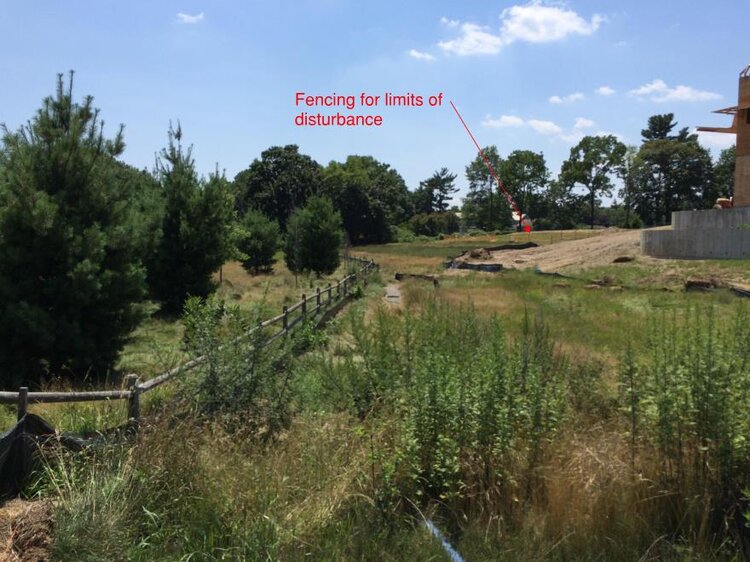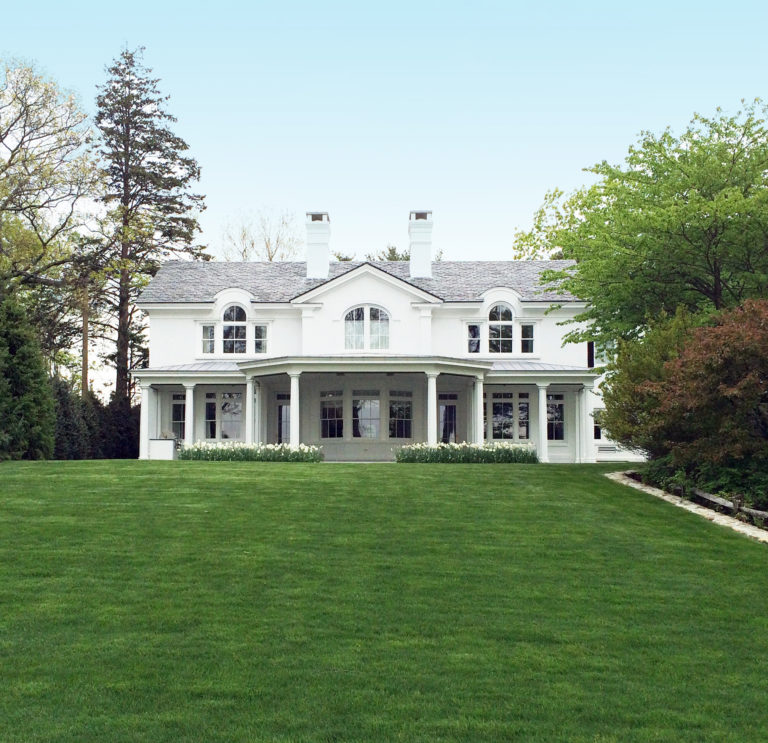My best friend was building her dream house and didn’t have the funds or the bandwidth to deal with the landscape. She asked me for some advice and I thought I would share it here too.
There are some landscape decisions that you should be proactive about during the building process. A very few things can’t ever be undone, a few more things would be very difficult to remedy, and a few things that are just cheaper to do right during the building process. The following list is in that order.
1. Establish and fence off a limit of work line on the property. This needs to happen before any site work begins. Soil is damaged for decades once it is disturbed or driven over, this has an impact on the health of later plantings. Once an area is disturbed, it requires, at minimum, 3 steps to stabilize it at a minimum cost of $1/square foot, probably more. This is something to speak to your builder about, but you need to advocate for a tighter limit of work line (less area disturbed) and a fence. Builders prefer to keep this area larger and not install a fence because it is more convenient.
2. Clearly mark trees you want to save and install tree protection fencing around the drip line. This should be done before site work begins. If you are unsure about if you should remove a tree or not, hire a landscape architect for a consult. Most people that are nervous about removing trees are really happy with the open space and sunshine once they are removed, but there are certain situations when it is the reverse and it is very difficult to remedy.
3. Make sure you understand your grading plan before submitting for permits. I have seen so many problems arising from clients not understanding their grading plans. If a landscape architect is not part of the team, the engineer is usually responsible for this. Request a 3-d rendering so you can do virtual walk-through and understand what you are getting. If that is not possible, speak with a trusted professional or two and have them “walk you around” the plan and describe where and how steep each grade change is. I can’t emphasize enough how important this is and how often it is overlooked until the end of the project when it is too late.
4. Soil. Just like people are most healthy when eating a healthy diet, plants are most healthy, grow the fastest, look the best when the soil meets their needs. If a landscape architect is not part of the team, the builder is responsible for soil. Request that de-compaction be done on all disturbed areas before topsoil is put down. Request a minimum of 4″ of top soil for areas that will always be lawn (6″ is better) and 8″ for areas that will be planting beds (12″ is better). What will be harder, but will pay you back at planting time is to get a specifically classified soil like sandy loam or loam (infrequently other classifications of soil would be recommended for environmental reasons). Most topsoils that are used have too many fine particles and, combined with automated sprinklers, hold on to a lot of water and a smaller group of plants can survive in those conditions.
5. Access. Think about what you might want to build in the future and make sure there is room to get necessary equipment where it would need to go. A tight space requires smaller equipment which can increase cost by 4 or 5 times.
6. Anything requiring large machines such as earth moving, tree removal, etc. The cost of mobilization is real. That means that just getting people and equipment to the site costs money. When contractors are scheduled, think about any other projects that you know you will want to do in the next two years and ask for a price to add them on. They will often quote a lower price just because they are already on site.


